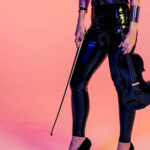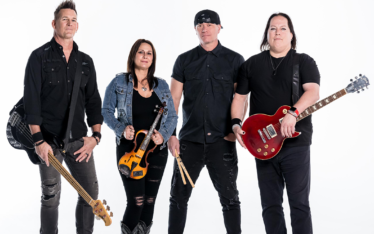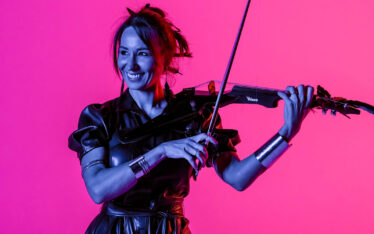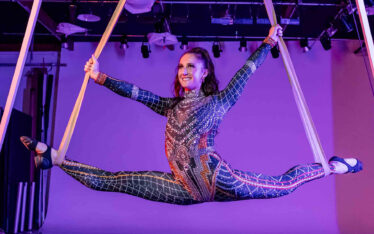When it comes to creating jaw-dropping moments at corporate events, few acts captivate an audience like aerialists, fire dancers, and pyrotechnic shows. These performers add an undeniable “wow” factor and elevate the production value of any gathering—be it a product launch, company celebration, or trade show after-party. But with great spectacle comes great responsibility. Safety isn’t just important—it’s non-negotiable.
The combination of extreme movement, specialized gear, and often unpredictable environments means that meticulous planning is required to execute these acts safely. Whether you’re an event planner, venue manager, or corporate client looking to include high-impact live performance, understanding the core safety considerations is critical to protecting guests, staff, and performers alike.

Why Safety Matters More Than Ever
Modern audiences expect immersive, exciting entertainment, but they also expect events to feel secure and well-run. An incident involving a fire element or aerial mishap can have severe consequences—from injuries and liability issues to long-term brand damage.
Event producers who prioritize safety not only mitigate risk but also create an environment where creativity can thrive. Knowing that performers are protected and plans are in place allows everyone to focus on delivering a seamless experience.
Safety Considerations for Aerial Performers
Aerialists—whether they’re working with silks, hoops (lyra), trapeze, or straps—require special rigging, clearance space, and often, permits or inspections. These artists perform suspended above the ground, making equipment integrity and technical planning paramount.
Key safety elements for aerial acts include:
- Proper rigging by certified professionals using load-rated gear
- Pre-event inspection of rigging points, including beams, truss, and support structures
- Adequate ceiling height and fall zones, free from obstructions
- Crash mats or flooring beneath performance zones, especially during rehearsals
- Performer credentials, including training, insurance, and emergency preparedness
- Clear communication between riggers, performers, and venue staff
Aerial work is a highly specialized field, and not all venues are equipped for it. Event planners should involve rigging experts early in the process to evaluate the space and develop a safe rigging plan.
Fire Dancing: Mesmerizing and Manageable with the Right Precautions
The hypnotic visuals of fire poi, fans, staffs, and hoops can leave guests in awe. But fire performance is inherently dangerous without tight controls and oversight. Fortunately, trained fire dancers follow strict safety protocols and often work with a designated fire safety assistant during the show.
Essential fire safety steps include:
- Securing permits or approvals from local fire departments
- Performing in designated “burn zones” with non-flammable surfaces and ample space
- Using fire-safe fuel like white gas or lamp oil, stored away from heat sources
- Employing a trained safety spotter equipped with a fire extinguisher and fire blanket
- Keeping audience members at a safe distance using clear barriers or roping
- Ensuring all performers are in fire-resistant clothing and have hair tied back
Rehearsals and risk assessments should be conducted in advance, especially in outdoor environments where wind or debris could pose additional hazards.
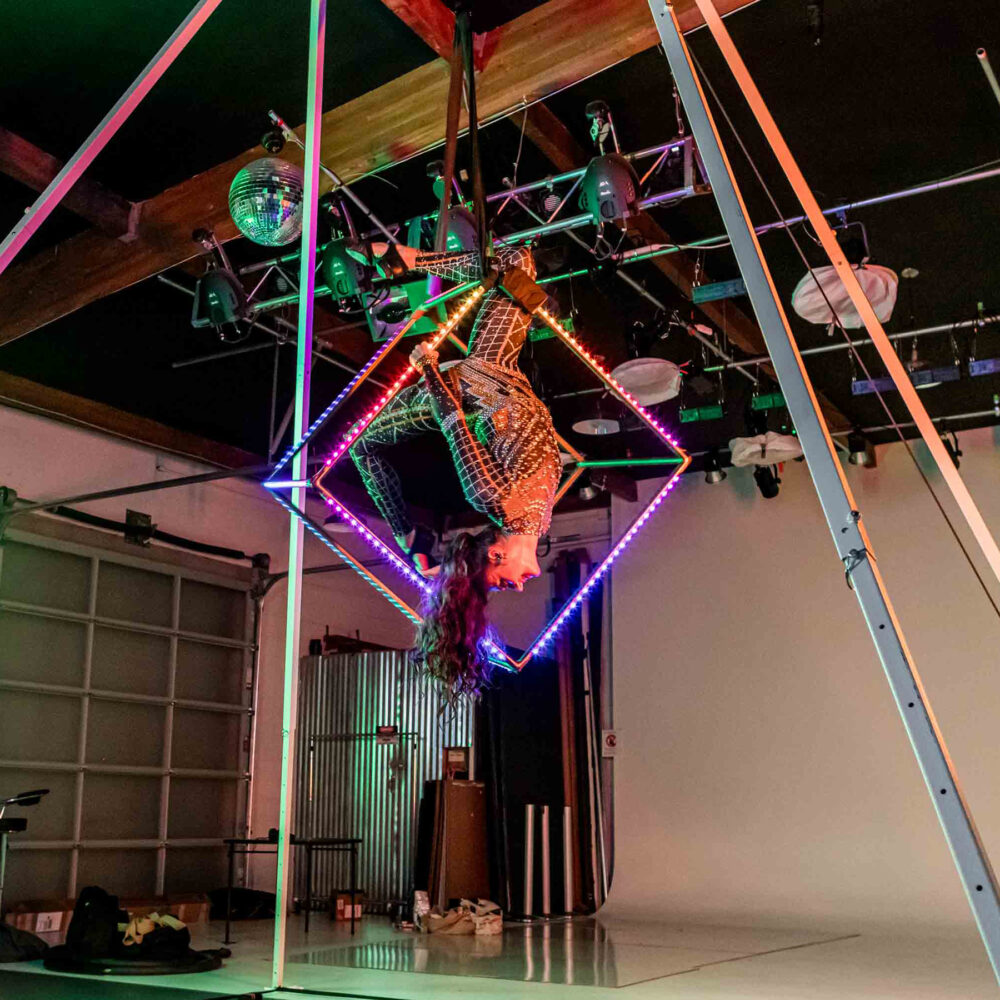
Pyrotechnic Displays and Indoor Sparks
Pyrotechnics—ranging from indoor cold spark fountains to outdoor fireworks—require the highest level of regulation and professional oversight. These effects are stunning, but they operate at high temperatures and involve pressurized devices, making legal compliance and expert handling a must.
For safe and legal pyro:
- Only hire licensed pyrotechnicians with the proper federal, state, and local permits
- Conduct a full site inspection to determine safe distances from people, structures, and flammables
- Review Material Safety Data Sheets (MSDS) and equipment specs for all products used
- Communicate with the venue and local authorities well in advance of the event
- Establish clear evacuation and emergency response protocols
- Use barricades and signage to keep guests out of danger zones
Cold spark machines, while safer than traditional pyrotechnics, still require safety zones and must be operated by trained professionals to avoid accidents.
Venue Coordination and Compliance
Regardless of the type of act, communication with the venue is essential. Venues have their own rules regarding aerial rigging, open flames, and pyrotechnics. Early coordination helps ensure everyone is on the same page and there are no last-minute surprises.
Venues typically need to know:
- Type of act being performed and equipment used
- Space and tech requirements (rigging points, power, clearances, etc.)
- Time needed for setup, rehearsal, and strike
- Certifications and insurance held by the performers or vendors
- Emergency plan specific to the performance
In some cases, a fire marshal or venue safety officer may need to be present during rehearsals or live performances.
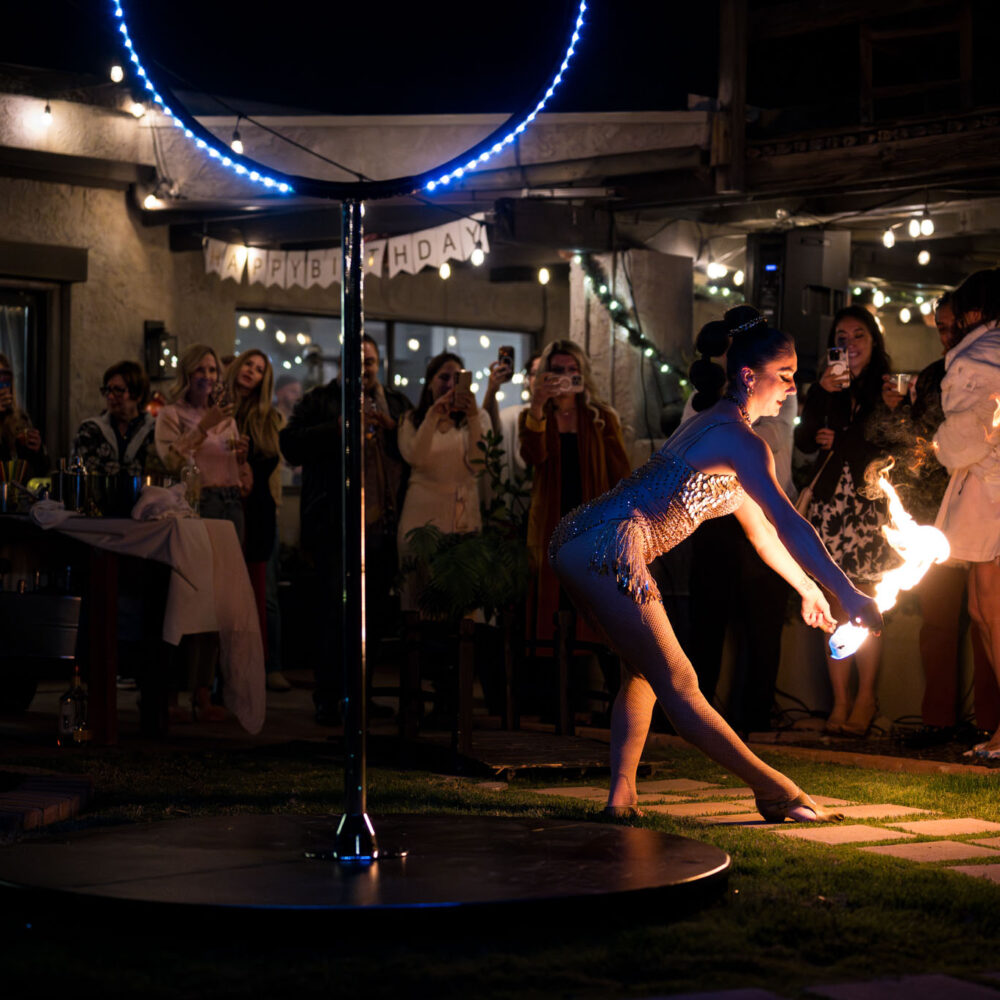
Insurance and Liability
Never book an aerial, fire, or pyro act without proper insurance documentation. Professional performers should carry general liability insurance, and in many cases, special coverage for high-risk performances. Event planners should also ensure their own policies are up to date and account for the added risk profile of specialty entertainment.
Documents to request include:
- Certificate of Insurance (COI) naming the venue and event as additional insured
- Proof of licensing and training (for pyrotechnicians or riggers)
- Risk assessments or method statements
- Performer waivers and emergency contact information
Being thorough on the front end can help protect everyone involved if something goes wrong.
Creating Spectacle Without Sacrificing Safety
The goal of any live event is to impress the audience and leave a lasting impression. When done responsibly, aerial artists, fire performers, and pyrotechnic shows achieve just that—bringing excitement, artistry, and emotion to the event experience.
To execute a safe, high-impact show:
- Vet your vendors and ask about their safety processes
- Involve venue staff and regulatory agencies early in planning
- Respect space limitations and environmental factors
- Prioritize rehearsals and safety checks
- Create buffer zones and clear audience boundaries
- Always have emergency protocols in place
By investing in safety at every stage, you ensure not only the success of the performance but also the confidence of your guests and the reputation of your brand.





